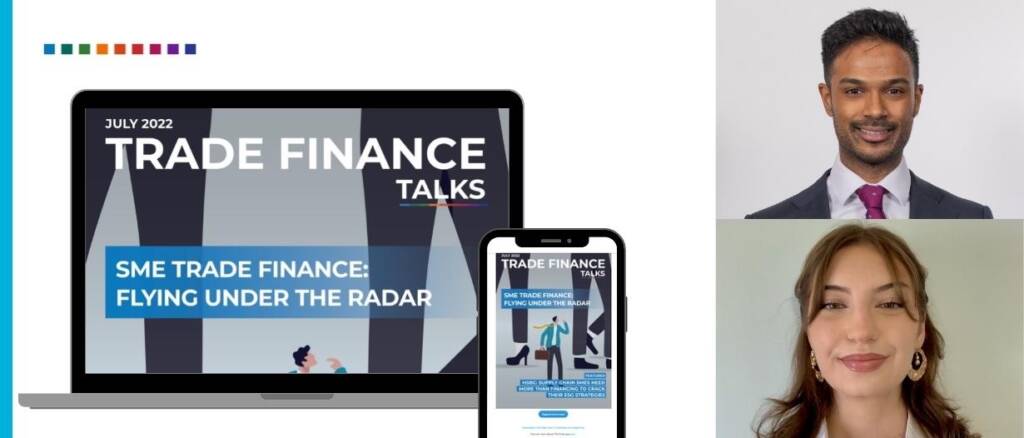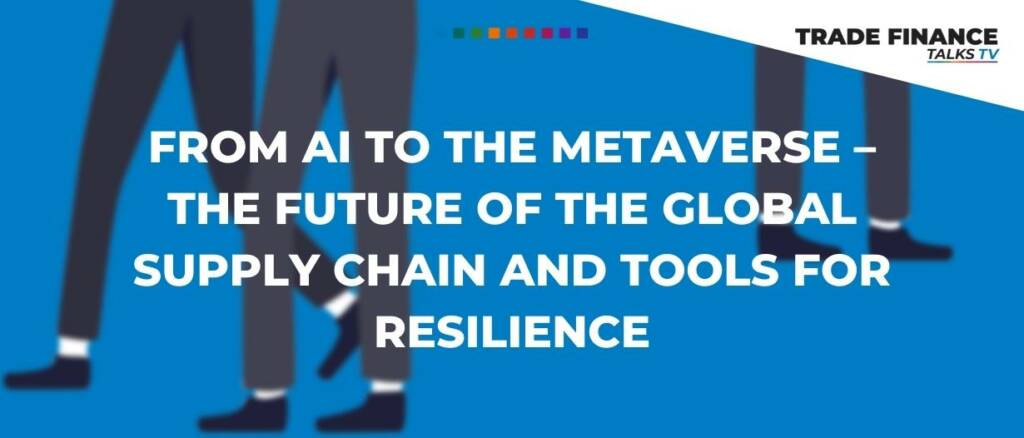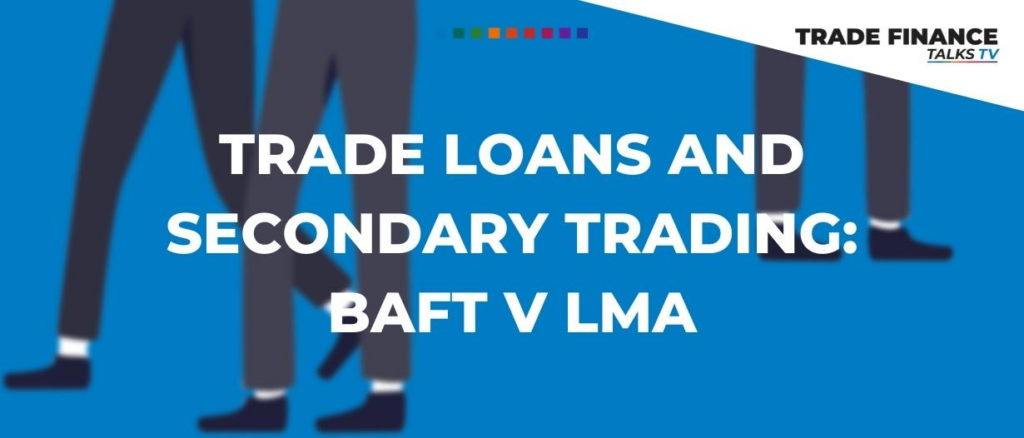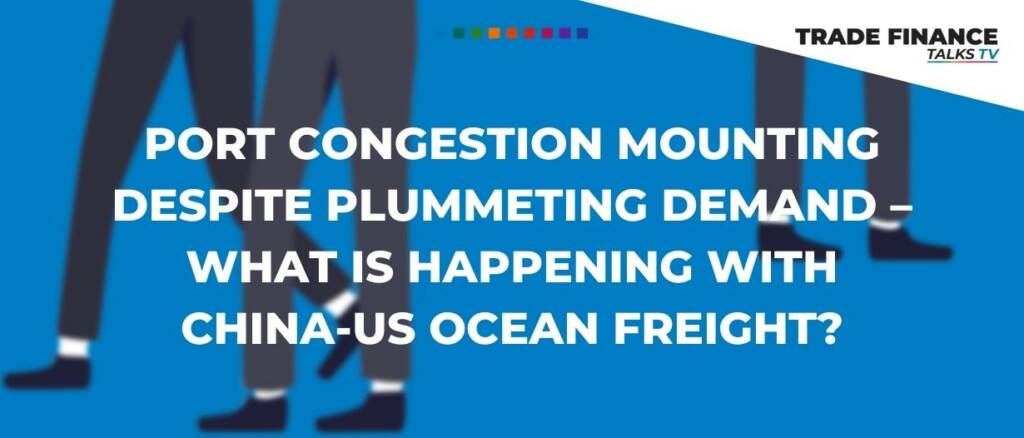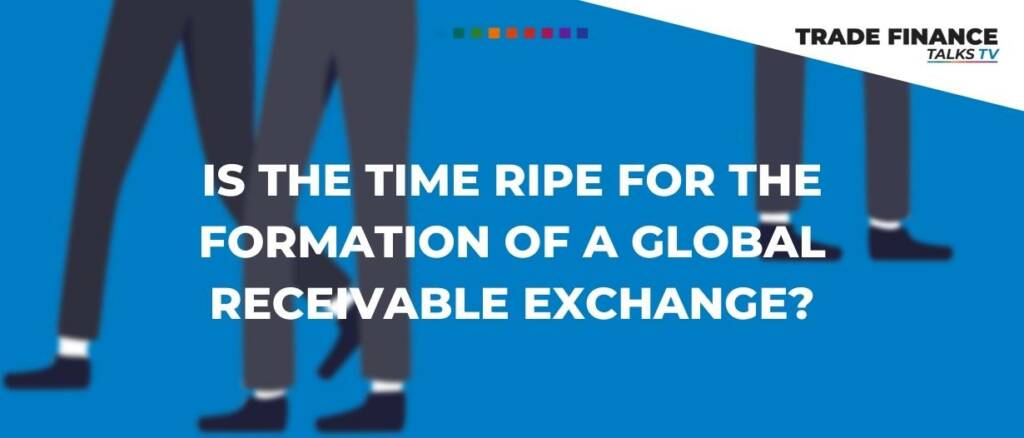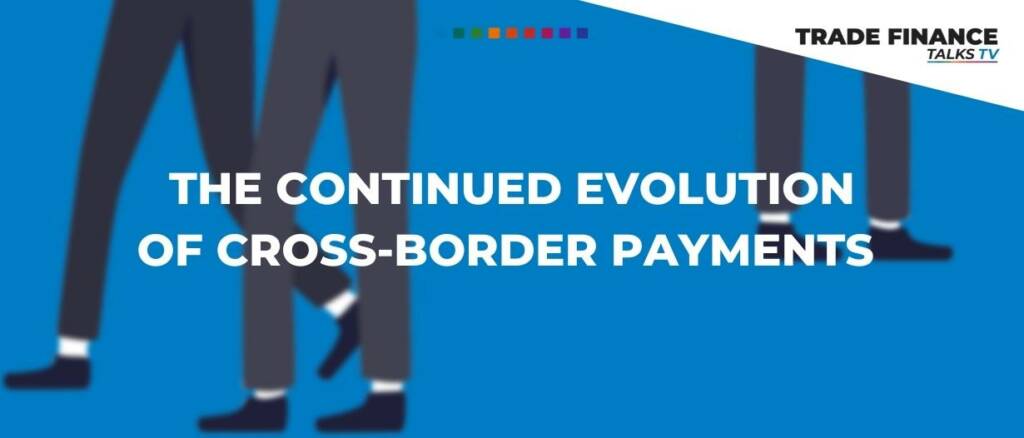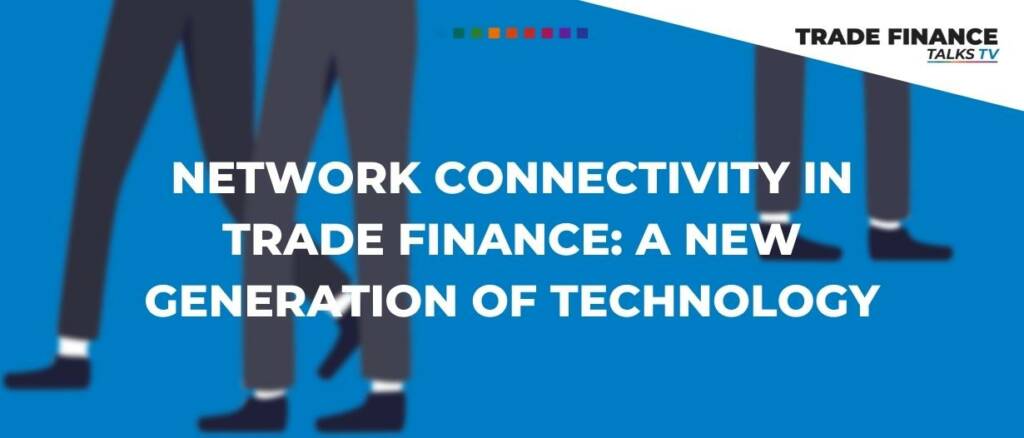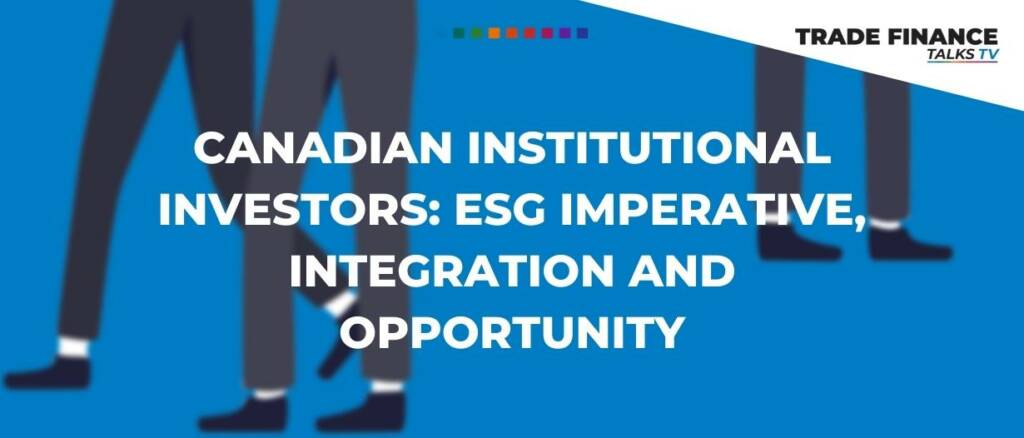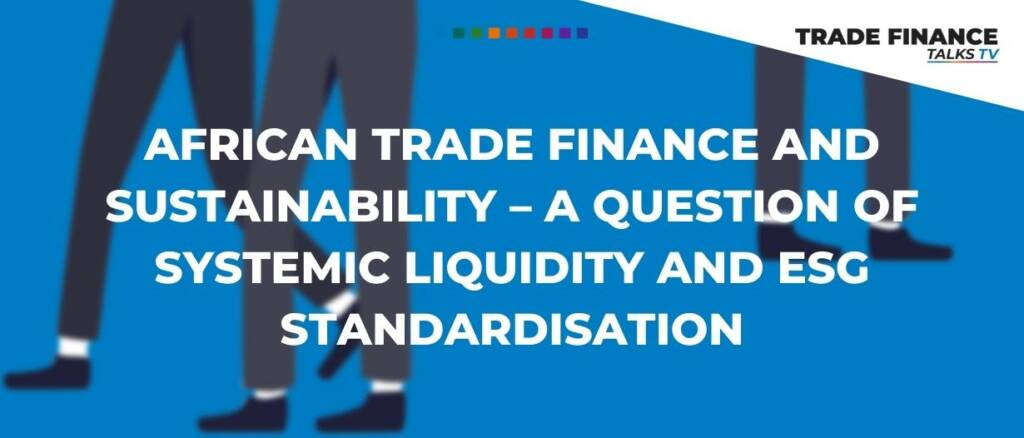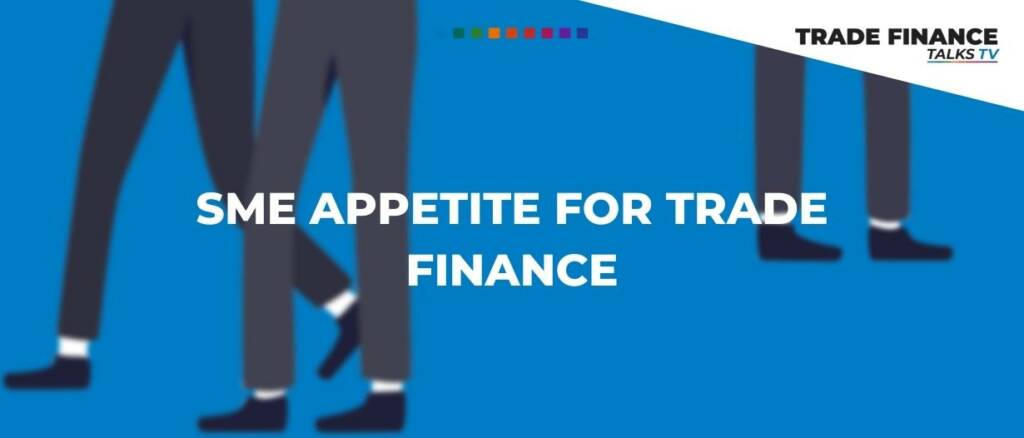The latest issue of TFG’s Trade Finance Talks, ‘SME trade finance: flying under the radar’ is out now!
Artificial intelligence. The metaverse. What do these tools have in common for supply chains? These are the technological building blocks for the future of the global supply chain – a fully digitised, connected, self-orchestrated ecosystem where even consumers hold decision-making power.
Trade loans are used to finance transactions involving import or export trading and reflecting different stages in the commodity trade cycle, from pre-export financing to borrowing base facilities.
All trade loans, however, are used to finance imports, exports, or other trading transactions.
Using freight rate data from the Freightos Baltic Index, the AI-powered ocean freight visibility solution provider Windward seeks to better understand the impact of current trends on the China-US flow of goods, port congestion in both countries, ocean freight prices, and what is driving these changes.
In 2019, FCI formed a working group called “Receivables as an Investable Asset Class” (RIAC). It was comprised of FCI members and companies who operate as funds supporting the
Cross-border payments are at the core of international finance and economic activity and it have undergone dramatic changes over the past fifty years.
The last decade has seen a substantial change in global trade bank attitudes towards innovation and collaboration.
Canadian investors are becoming more particular about how they deploy their capital, delivering returns with ESG factors being a key consideration.
As global central banks hike rates to rein in inflation, and businesses battle with sourcing goods through choked supply chains exacerbated by the war in Ukraine and Chinese lockdowns, Africa finds itself with a growing problem–accessing US dollar liquidity.
Trade Finance Global surveyed firms throughout Europe to gain an understanding of SMEs’ trade finance usage norms and their propensity to pay for new or additional trade finance products and services.















